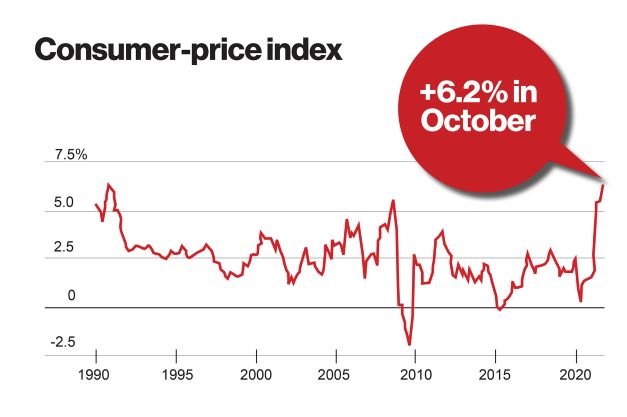Are you one of those individuals who likes getting a refund when you file your taxes? Do you have kids under 18? If you said yes to both of those questions, you can’t go into next tax season without understanding what the child tax credit advance you just received means to you and how it impacts your coveted refund.
Background:
If you answered yes to both questions above, you either received a mysterious direct deposit or check in the mail related to the advance Child Tax Credit (CTC). The payment is to help many families get advance payments of the credit starting this summer.
But what is the child tax credit, how does it impact your taxes, and why should you care? Well, let’s walk through it. The examples below are for a married filing joint return with two children:
Example #1: you usually write a check when you file your taxes
Example #2: you usually get a refund
In summary, I wanted to illustrate that regardless of you getting a refund or writing a check when you file your taxes, your tax bill or refund will be impacted by the amount you received in advance. I want you to be prepared and understand the impact so there are no surprises next April.
The more technical details if you want to dig deeper:
The IRS will pay half the total credit amount in advance monthly payments beginning July 15. You will claim the other half when you file your 2021 income tax return. These changes apply to tax year 2021 only.
With the CTC changes for the tax year, there will be a lot of tax implications involved come April 2022 when your 2021 taxes are due.
First and foremost, the CTC payments are not taxable, but they are considered an advance of your credit. This advance is based upon the number of qualifying children claimed on your latest tax return.
There are several issues that can come up with this advance of the credit:
If your children are no longer considered qualified in 2021 due to age, divorce, etc., then the advance CTC payments will be added as income. If this happens, it is recommended to go to the IRS CTC Update Portal (https://www.irs.gov/credits-deductions/child-tax-credit-update-portal) in order to revise the status of your children so the advance payments are not needed to be reimbursed. This option is also available to those who wish to opt out of the advance payment and use the entire credit on their tax return.
In January 2022, the IRS will send you Letter 6419 showing the total amount of advance CTC payments. This amount is used to determine your CTC on your 2021 tax return. If the amount of the CTC exceeds your advance payments, then you will receive the balance as a credit on your return. However, if the amount of the advance payments exceeds the CTC, then you may need to repay the excess.



